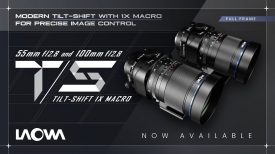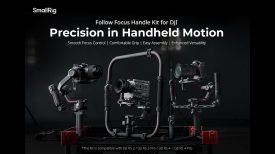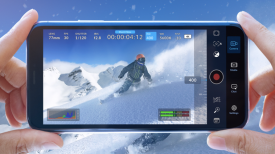Lightweight, compact
The first thing you notice about Fujinon’s new 18-55 zoom is its weight – the lack of it. It’s almost unbelievably light for a lens of this type, and mounted to the front of a Sony FS7 II it doesn’t unbalance the camera in the same way a larger lens might.
It’s longer than a stills lens but not as chunky, and feels well integrated with the FS7 II.
We wanted to test out how the lens worked both on the tripod and handheld – there’s a lot of the latter in the test above so we could get an idea of how it balanced. If we were shooting an actual piece I dare say we’d have stuck with the sticks a bit more.
New Lens, New Mount, All Thumbs
I found the lens a little tricky to attach to the FS7 II’s fancy new locking E-mount, but once in place the connection felt solid and there didn’t seem to be any play from either the camera or the mount. I’d hesitate to pick the combination up via the lens but I’d be pretty confident it could stand up to everyday use.
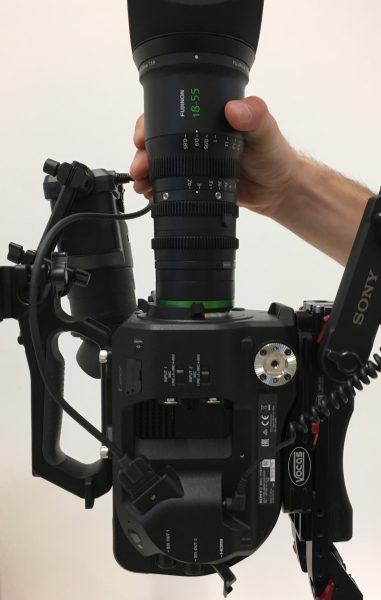
And this lens could comfortably stay on your camera all day every day. I wasn’t that impressed when I first heard the range was only 18-55mm – Canon and Zeiss both have comparable cine zooms with longer reaches (but slower maximum apertures). But in use it’s wide enough and long enough to handle a surprising variety of shooting situations, from following a subject to a more formal sit down interview. And the Fuji is a lot more competitively priced than either Canon’s 18-80mm or Zeiss’s 20-100mm Lightweight Zoom.
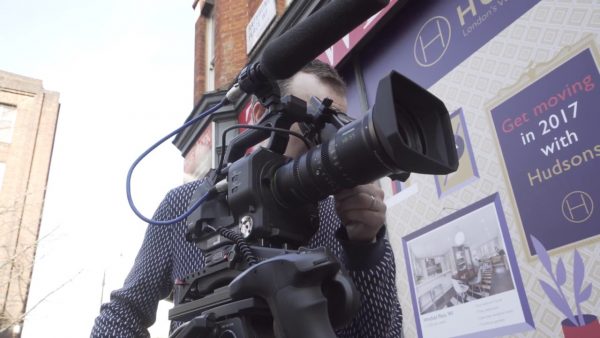
Bokeh, Controls
You’re never going to get an ultra shallow depth-of-field from a lens like this, but if you position your camera carefully and keep the lens wide open the out of focus areas do look pleasantly organic. Keeping subjects in focus when you’re wide open is also that much easier than if you were using, say, Sigma’s (excellent) 18-35mm f/1.8. I also didn’t notice any focus breathing while I was shooting – if there is any it seems very well controlled.
The focus, iris and zoom wheels are all nicely damped, rotate very smoothly and are easily grasped. There’s also a zoom lever which helps you identify the correct control without having to look at the lens.
Focus: All Manual, Long Throw
Using it on the shoulder on the FS7 II I’d say my main cause for concern was the focus throw. Used manually it’s very long, almost too long to rack focus all the way from close up to infinity without assistance – I had to deploy an extra hand to get enough travel. Of course the upside is you’re able to be very precise in your adjustments, and if you’re using the lens with a follow focus unit that won’t matter so much.
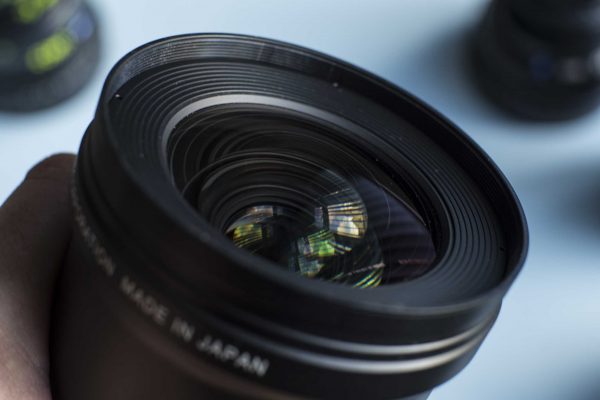
Is it a bit wrong to say I missed autofocus? I’m normally a C300 shooter and find I use the dual pixel AF a lot – it was a bit of a readjustment going manual only again (as I’m sure you can tell from some of my shots). However I reckon it wouldn’t take long to get more of a feel for the lens if you were using it every day, and lack of AF seems a fair trade-off for the convenience of the zoom range.
The lack of electronics also means there’s no image stabilisation. I’m a bit torn: it would be nice to have it, especially as part of the appeal of the lens is its handholdability (is that a word?). But IS would obviously add to the cost and bulk of the lens so I can see why Fujinon have gone back to basics and left it out.
Closer, Further Away
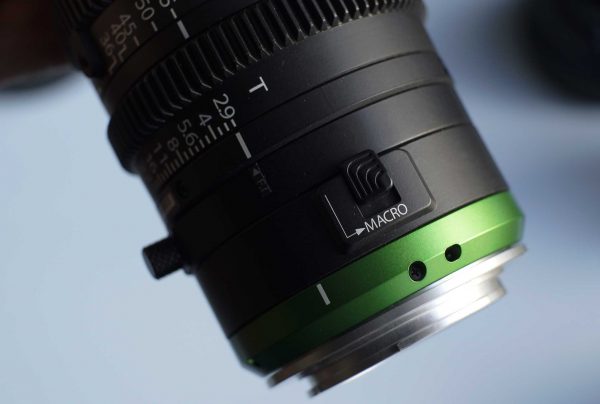
Macro mode, however, was a pleasant surprise. There’s a separate macro ring that’s locked when you’re not using it, and rotates freely when engaged. Without the ring engaged the close focus is only 0.85m, but engage it and you can get as close as 0.38m. The macro locking collar is the one part of the lens that felt a little less solid – but it did very smooth, easy adjustment of close focus when engaged. And it’s easy to switch in and out of macro mode when you need it.
Final Thoughts: Sony Users Should Try One, You Might Like It
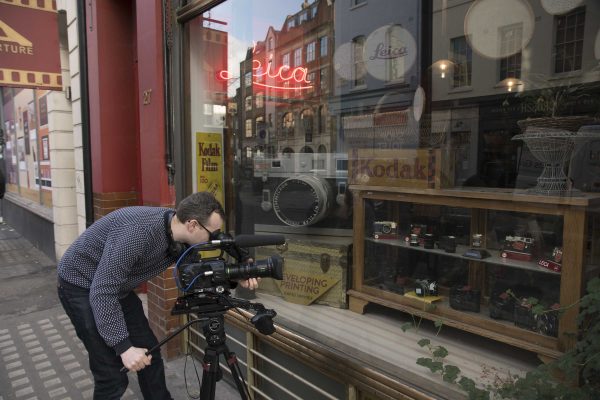
An all-manual, non-electronic zoom lens isn’t going to be for everybody (especially as this is an E-mount only lens) – and I did miss the onscreen readout of focal length that electronic communication would have enabled. But after a morning shooting with the Fuji I’m convinced it would make an excellent companion to an E-mount camera, especially for any FS7 owner-operators looking for a decent value go-to lens for daily use.
These first impressions of Fujinon’s new MK 18-55 T2.9 are taken from spending a morning shooting with the lens in London, mainly with the very patient folk at Aperture Photographic on a FS7 II we borrowed from CVP. You should visit them both if you get the chance!



